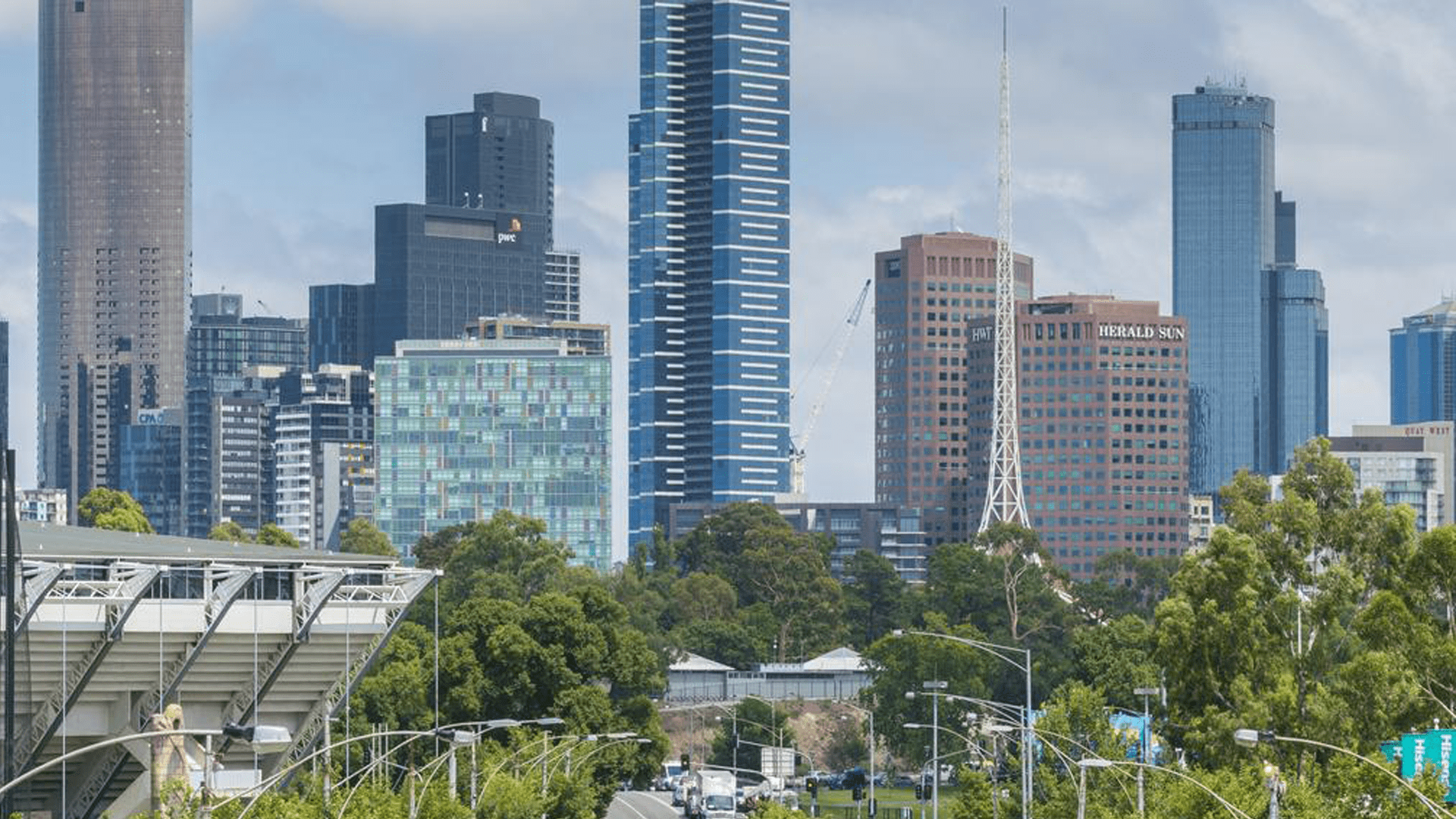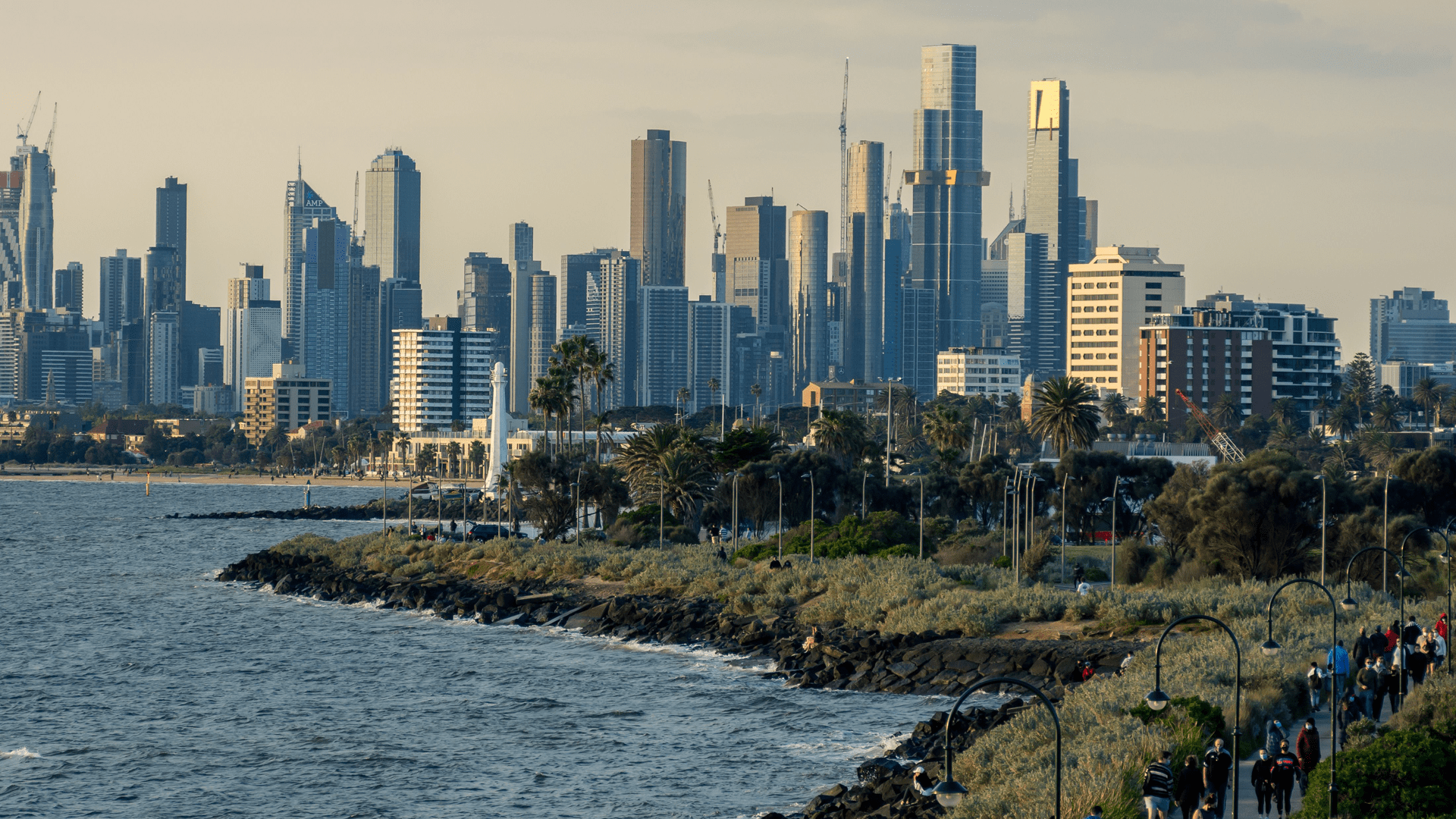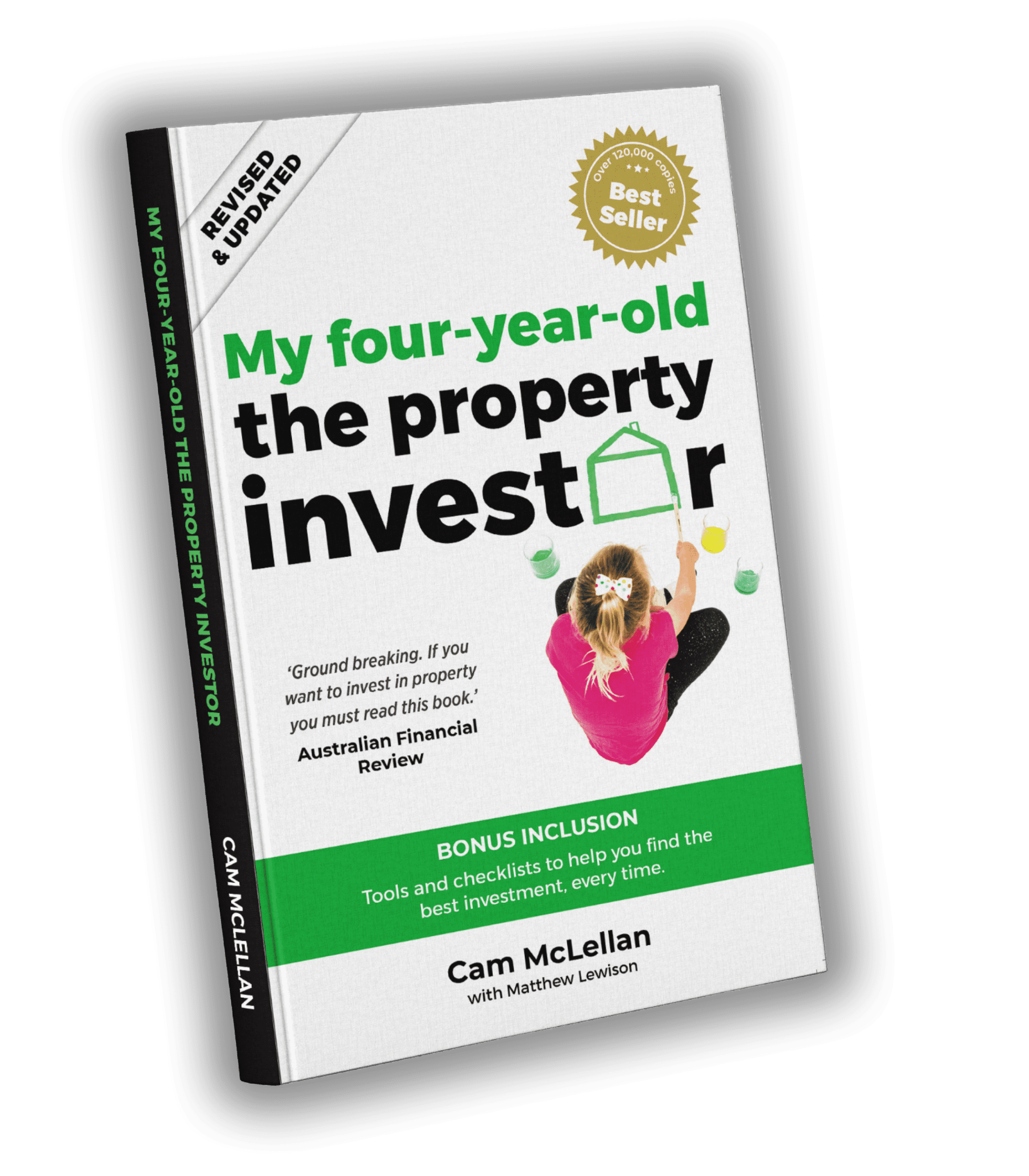By Cam McLellan, Director & Co-founder
When investing in markets like Melbourne and Sydney, it’s important to understand what drives property values to ensure you’re going to buy at the right time.
Let’s discuss the different types of buyers and how their purchasing patterns affect market movements and price cycles.
The property market is made up of three distinct purchasing groups:
- First home buyers
- Re-locators, either up-graders or down-graders
- Investors/developers
Let’s break them down one-by-one.
First home buyers
First-timers are generally looking for a basic, entry-level home.
They want to stop renting or move out of their parents’ home. They’re purchasing at sub-median price levels and may be looking to start a family. They have minimal assets and limited capital.
First home buyers are highly sensitive to interest rate movements. They’re also scared of missing out on the ‘great Australian dream’. They’ll buy based on emotion and panic when prices start to rise. This group pushes prices up from the bottom of the market.

Re-locators – up-graders and down-graders
Re-locators are generally looking for a specific type of property. They want something bigger, better, smaller or closer to work. They need to sell their own home and get a good price for it.
This group needs active first home buyers in the market to push prices up.
They buy based on emotion and will pay more for a house that meets their needs. Owner-occupiers choose property in the upper end of the market or above the median, so when they become active they draw prices up towards the top end of the market.
Investors
Simply put, investors want to make money. They won’t compete on price and, in theory, don’t often buy at auction. Paying more than everyone else is not a good investment strategy.
Investors want to get into a market before prices boom and their target price will be at sub-median levels. Investors prefer to buy in low interest rate environments, but are not as susceptible to rates as first homebuyers because rents often increase at the same time, offsetting the impact.
Investors don’t push prices up but they do absorb excess stock in the market. This, in turn, increases the urgency of first-timers to get into the market before they miss out.
Each group has a different motivation and it’s important to understand what drives their decision-making.
It’s worth keeping in mind that in markets like Sydney and Melbourne, there are about double the number of sales occurring than in Brisbane and Perth. When investors move away from larger markets like Melbourne or Sydney and start becoming active in smaller markets such as Perth or Brisbane, the pressure of this influx of buyers can invigorate the local market as they soak up excess stock.
Once investors have made money from a growth cycle, they want to take advantage of the increased equity in their properties. If the local market is starting to ease and shift into a slower growth phase, they won’t be keen to invest there.
Instead, they’ll start looking at other city markets where the growth prospects in the short term may be more attractive.
Developers
Developers are the ones to keep your eye on. When looking at the factors affecting supply and demand in different markets, one aspect people fail to take into account is developer activity. It’s vital you understand the massive impact developers have when you’re assessing potential markets.

When considering supply and demand, think of developer activity as the opposing force to population growth.
There are two main types of developers – medium and high-rise apartment block developers, and broad acre land subdividers, or those who bring new community estates to the market.
Other developers, such as infill townhouses and dual occupancy developers (recreational operators), don’t influence the market as significantly as the major developers.
These are the steps in the development process:
- Feasibility and due diligence
- Acquisition
- Design
- Planning approval
- Pre-sales
- Construction
- Settlement
Apartment development takes anywhere up to three years to complete, from concept through to end product. A land subdivision and build takes a slightly shorter time, typically two to three years.
Let’s look at the following diagram, which we call the Development Activity Chain. This diagram was developed during a boardroom session in which our team was analysing the factors that impact supply and demand.
At OpenCorp we have an analytics team that studies supply and demand constantly. But most people don’t have access to a team that considers all the market factors. So, I wanted a way to show rookie investors when they should NOT invest in a market.

The development activity outlined here affects the supply of available properties on the market, which in turn dictates price movement. This visual will help you understand why markets move in cycles, rather than growing evenly each year.
As you look over the Development Activity Chain, focus on the supply and demand lines. You’ll notice that leading up to the point where demand becomes greater than supply, prices have stabilised, corrected or become stagnant.
Investors then start to buy up excess stock in the market. At the point when price growth starts, developers see opportunities to make profits again and begin the process of buying and delivering stock to the market. This is shown on the chart as the shaded section.
As I mentioned earlier, a development on any large scale takes time to complete and bring to the market. During this time there’ll be a shortage of dwelling stock resulting in further price growth. This is often when a boom occurs.
Unfortunately, because most developers don’t become active until they see the boom starting, and because it takes two or three years for their projects to deliver new supply to the market, most developments are ready only after the boom has ended.
This scenario leads to an oversupply, as stock can keep coming onto the market for as much as 18 months after the boom ends.
This is why prices stagnate or correct and don’t pick up again until the excess supply has been soaked up. When demand drops below supply levels, the big developers typically stop acquiring new projects.
Australia’s real estate market cycle occurs on an ongoing basis.
You need to view every city market individually because they move through each stage at different times. I invest only in the four major capital cities – Melbourne, Sydney, Brisbane and Perth – because they have more than enough solid investments to suit my requirements. The other reason is that I don’t have the need to understand the fundamentals of all the other markets, and if I don’t have an understanding of what drives a market, then I won’t invest there.
When I consider the four major cities, I view them as eight individual markets – four residential and four commercial. The market clock diagram (BELOW) shows only the residential markets. I’ve indicated the danger time for investors, or when you shouldn’t invest.

Property prices don’t rise by 8.7 per cent every year. The market will generally follow these cycles over a seven to 10-year period when you invest in a growth area.
The market may have a price correction and stagnation after a period of high growth but prices will recover and boom once again. You’ll again see large increases over short periods of time. This is when things get really exciting if you’re holding a substantial portfolio. When this happens, let the good times roll!
Once you understand how to accurately determine the current position of each market and you know which ones are not worthy of investment at that time, you’re in a position to choose a city with good potential.
Don’t be put off by the hype during a real estate cycle. Booms and dips come and go. It’s important to understand that both are expected and neither one lasts forever.
Buy and hold, buy and hold, buy and hold
I’m not a trader. I’m an investor with a long-term strategy. My investments aren’t for me anymore. They’re for my kids and their kids and so on. That means: buy and hold, buy and hold, buy and hold.
“When is the best time to buy?” I once asked Steve, an old grey-haired investor, when I first started out. “About 20 years ago,” he replied. “The next best time is as soon as you can afford a deposit.” It was the best advice a rookie investor could get.
Take particular note of the period after a market has experienced significant growth, particularly the following 12 to 18 months when prices stagnate or a correction occurs. This is the only time when we don’t invest.
After a market has had a number of years of strong growth, look to other city markets.
Choosing the right time to buy is actually fairly simple once you understand this concept.







